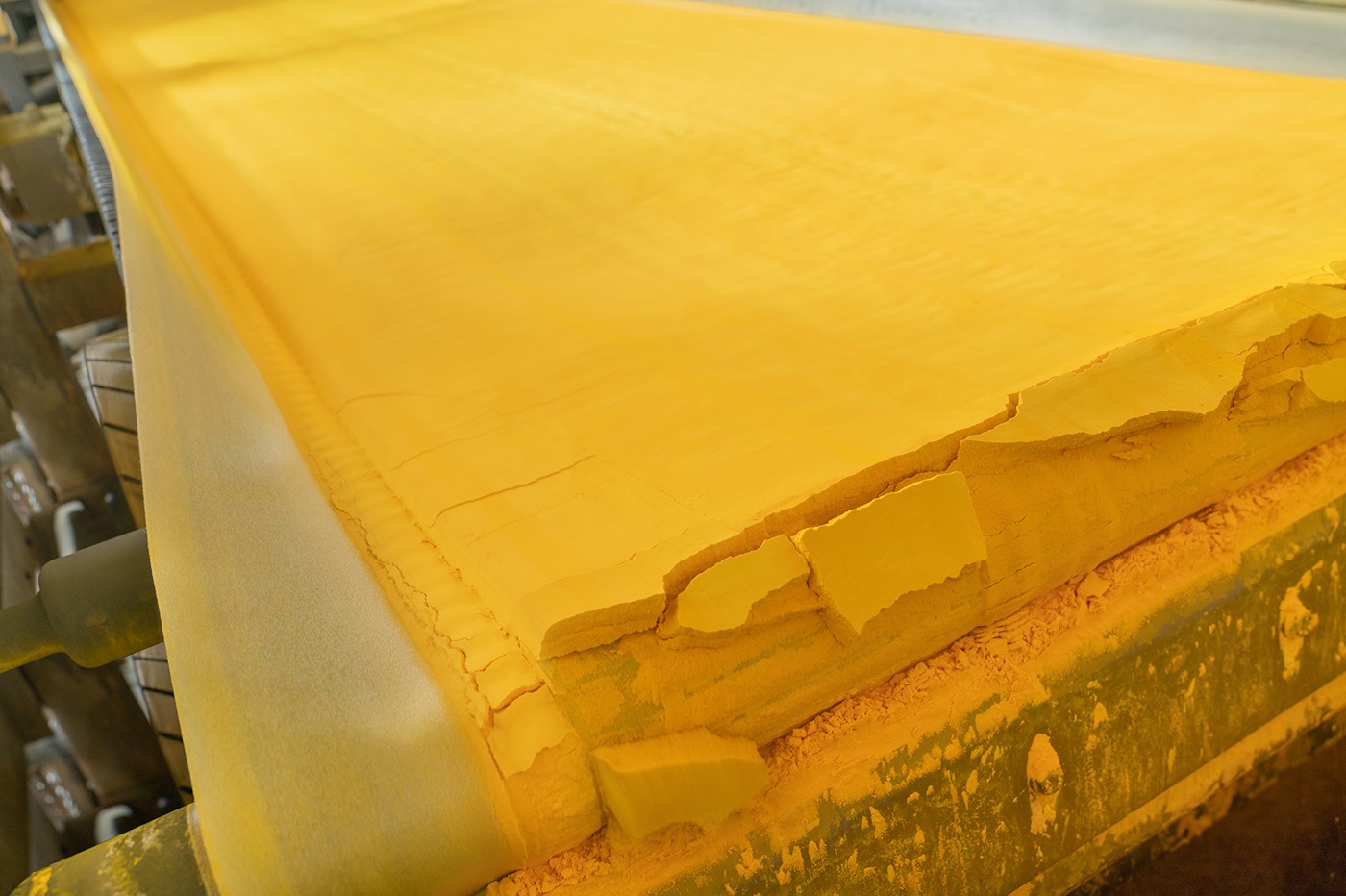
All about uranium
Where about do we find uranium?
The principal uranium deposits are located in Australia, Canada, Russia, Niger, South Africa, Namibia, Brazil, Kazakhstan and Mongolia. In France, deposits exist in Vendée and Limousin, but these are becoming depleted.
A word or two on chemistry for a better understanding
Uranium is a chemical element with the symbol U and the atomic number 92. There are three naturally occurring isotopes of uranium: uranium-238, the heaviest and most abundant, uranium-235 and uranium-234.
Uranium-235 is the only isotope that undergoes fission. This means that it can fragment under the effect of a neutron. Explanation: when a neutron collides with the nucleus of an atom, the nucleus breaks apart, and this is what is called fission. Fission produces radiation* and enormous amounts of heat. The nucleus most easily fragmented is that of the uranium atom. In nuclear power plants, the heat produced by nuclear fission is used to generate electricity.
*Radiation: the emission and propagation of visible or invisible energy.
Did you know?
Focus on chain reaction
The fission of the atom’s nucleus also releases more neutrons which, in turn, will fragment other nuclei and so on. This repetition of fission is called the “chain reaction”. In a nuclear reactor, this chain reaction is provoked and controlled.
From ore to reactor: how is uranium transformed?
The “yellow cake” is then purified by a series of chemical transformations and converted into a fluorinated form (UF6: 6 fluorine atoms for one uranium atom). This is called the “conversion” operation. Now free of impurities, the uranium can pass to the next stage: enrichment. In order to fuel nuclear reactors and produce electricity, the natural uranium must be enriched with a higher proportion of uranium-235. The 0.7% of uranium-235 content present in the natural uranium is concentrated to obtain a 3 to 5% content, i.e. 7 times more than that found in “yellow cake”.

Don’t forget!
In 100 kg of natural uranium, there are 99.3 kg of uranium-238 and 0.7 kg of uranium-235, in other words only 0.7%!
With just one kilo of enriched uranium, as much energy can be produced as with 160 tons of coal
Once processed, the U235-enriched uranium becomes a black powder. This black powder is compressed in molds and placed in a furnace and cooked. The resulting ceramic pellets, weighing only 7 grams each, are inserted into metal tubes 4 meters in length. These are the fuel “rods”. The rods are then hermetically sealed and arranged into “fuel assemblies” – each comprising 264 rods – to be used for electricity generation.
For example, the core of a 900 MWe pressurized water reactor is loaded with 157 assemblies, or more than 11 million pellets. A single one of these pellets provides as much energy as a ton of coal.
Used in nuclear power plants, the processed uranium ore will generate electricity. Each fuel assembly manufactured generates enough electricity to meet the domestic power needs of a city of 100,000 people for a whole year! (3 assemblies from one cylinder of enriched uranium).
Did you know?
A big year for revolutions – not least the energy revolution!
1789 was also the year when uranium ore was discovered. The element was named in honor of the planet Uranus – itself only recently discovered at that time.